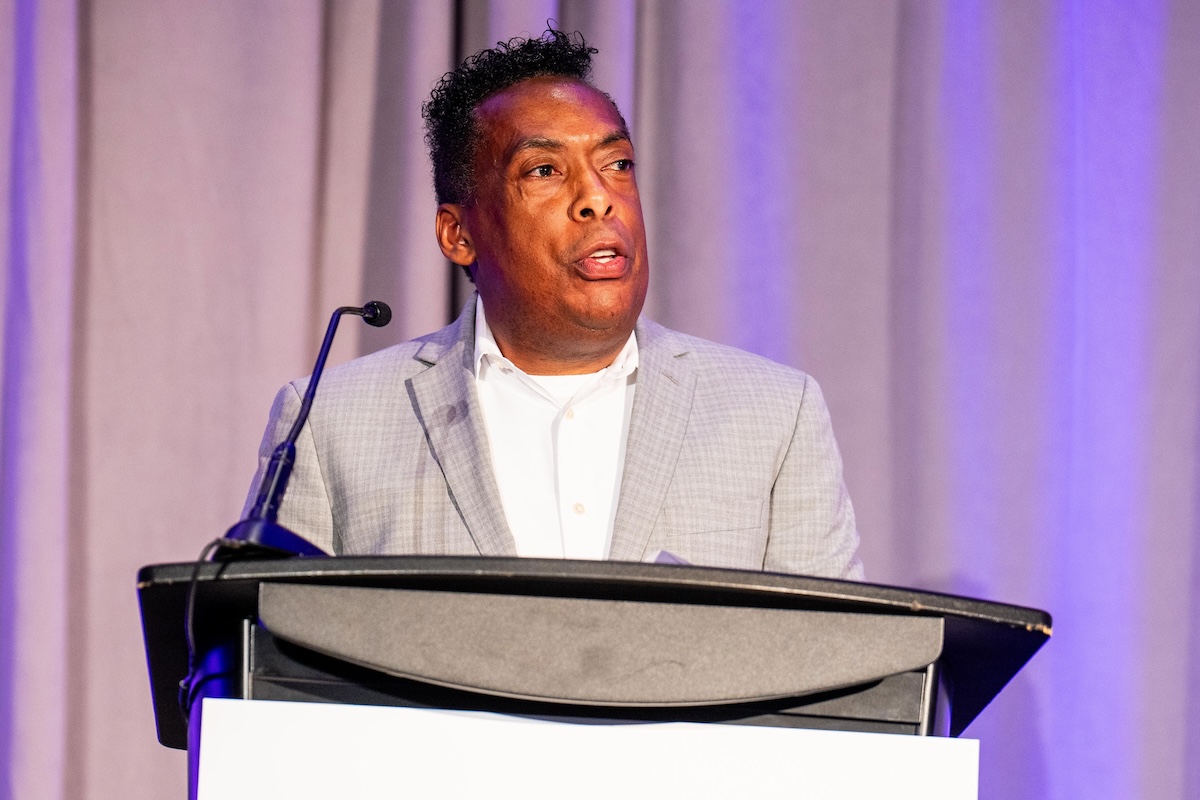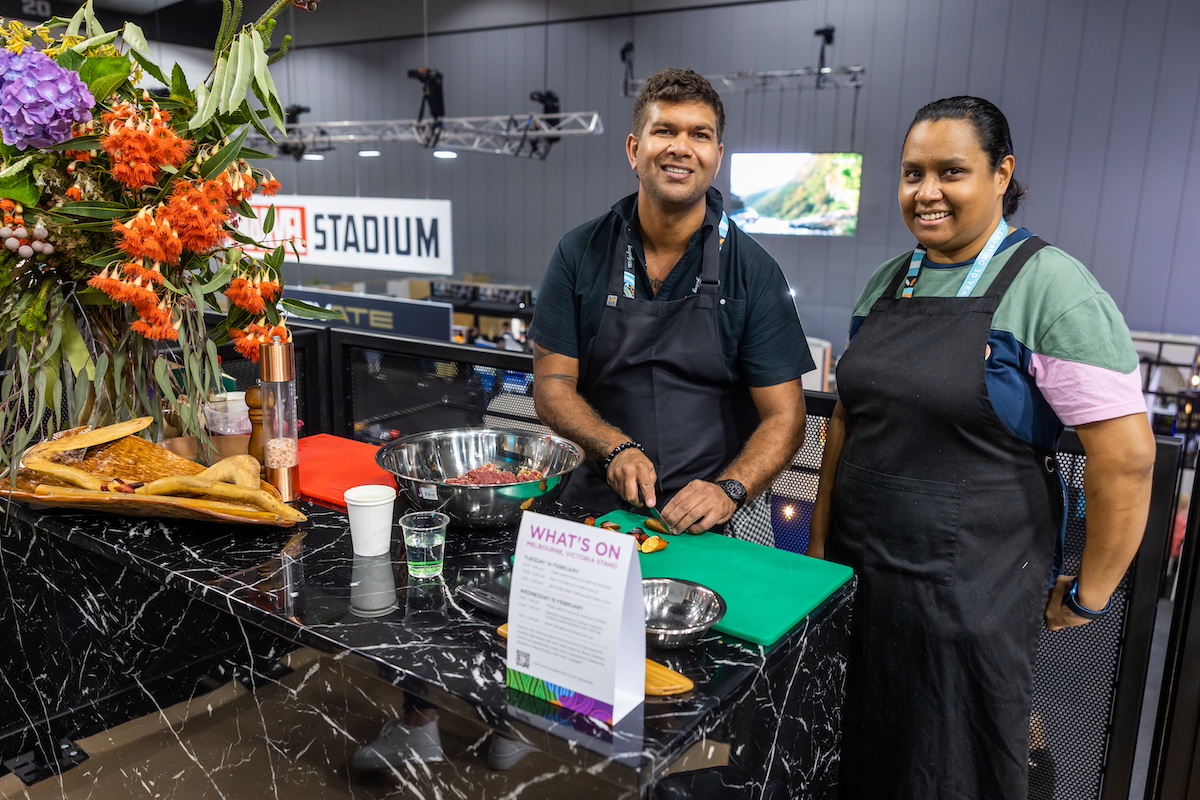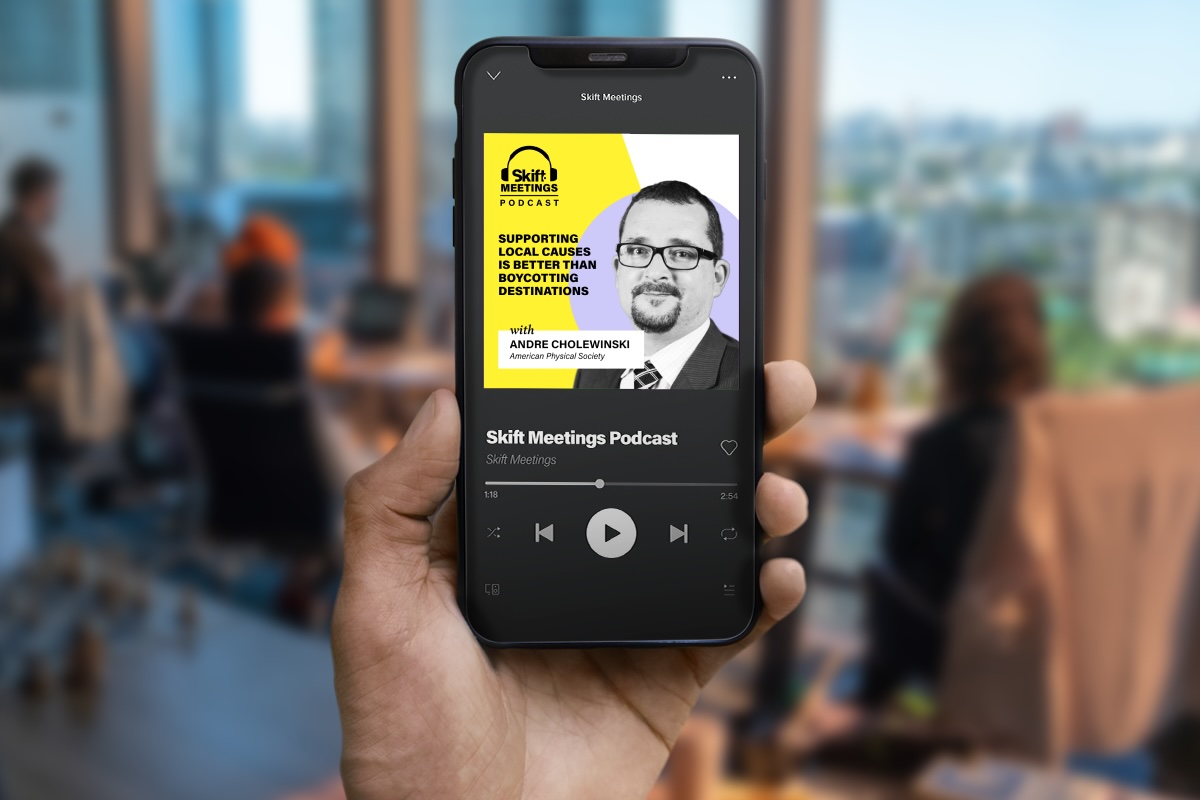Skift Take
If your meetings are not inclusive and attendees don't feel respected, valued, or emotionally safe, they may disengage. Diversity, for diversity's sake, is not enough.
It’s well established that diversity generally drives better results. For example, a study by Samuel R. Sommers from Tufts University found that racially diverse teams made fewer mistakes than their counterparts. Similarly, research conducted by faculty members at Carnegie Mellon University, Massachusetts Institute of Technology, and Union College uncovered that gender-diverse teams make smarter decisions than predominantly male teams.
Diversity has been embraced by the meetings industry, with diversity, equity, and inclusion (DEI) recognized as an important component of creating successful meeting experiences. Destinations, in particular, have been making DEI an important part of their branding and positioning in the meetings market.
Yet, diversity does not automatically improve performance. The upside of diversity is contingent on the group having one attribute: inclusion.
Inclusion means that members feel respected, valued, and emotionally safe. Without it, participants tend to repress engagement and thus rob the group of the full spectrum of its represented perspectives. Diversity without inclusion can lead to discomfort and conflict that worsens team performance. Research on work group diversity by Daan van Knippenberg and Michaéla C. Schippers, as well as research on harnessing demographic differences in organizations by Yves R.F. Guillaume et al., address this.
How can you make your meetings better by being more diverse and inclusive? Academic research, including a comprehensive study by Daan van Knippenberg, Lisa H. Nishii, and David J. G. Dwertmann, has identified five facilitation practices that drive inclusion:
Five Meeting Facilitation Practices That Drive Inclusion
- Explicitly state that pursuing diverse perspectives is essential. Consider, for example, making one of the meeting objectives “respecting all points of view” and wording the pertinent agenda item as “collecting all ideas from across all team members” as opposed to simply “collecting ideas.”
- Have a process for formally eliciting and considering diverse ideas. Instead of simply inviting participants to suggest ideas as part of a discussion, make collecting and considering ideas systematic and fair. For example, ask participants to write their ideas on stickies and post all stickies on a board.
- Have a process for extracting the best suggestions that respects unusual ideas. Once you’ve gathered diverse ideas, ensure the radical ones aren’t automatically disregarded for that very quality. One approach is to have the group label the unusual ideas and facilitate a discussion on those sets of ideas.
- Review the processes used to reach a decision. In your meeting wrap-up, summarize the decision-making process in a manner that highlights its attention to inclusion. This might sound redundant, but it helps participants become aware of how integrating diverse ideas was instrumental in the group’s work.
- Institute a zero-tolerance policy for incivility and prejudice. Set expectations in your meeting for consistent civility, model this behavior, and immediately squelch any transgressions. Rude remarks, disrespectful actions, and other incivility undermine team collaboration and performance.
When it comes to meetings, inclusion is to diversity what a recipe is to eggs. Eggs can be converted into a great omelet, but only if we follow through with a recipe. Diversity elevates meeting performance, but only if we apply inclusive practices.
Photo credit: Shutterstock / Shutterstock





